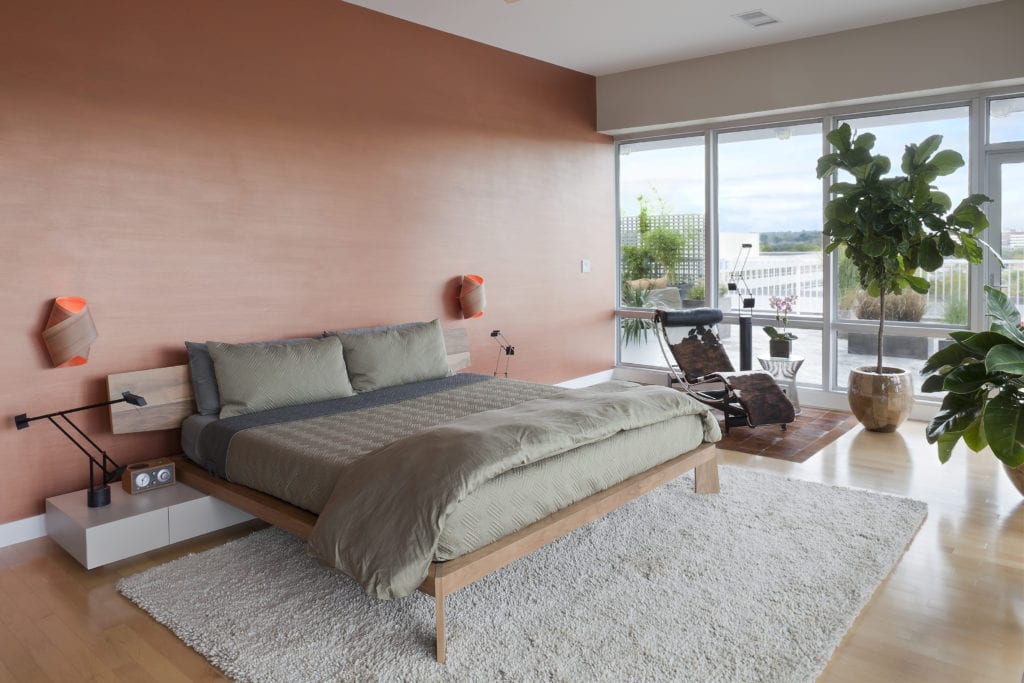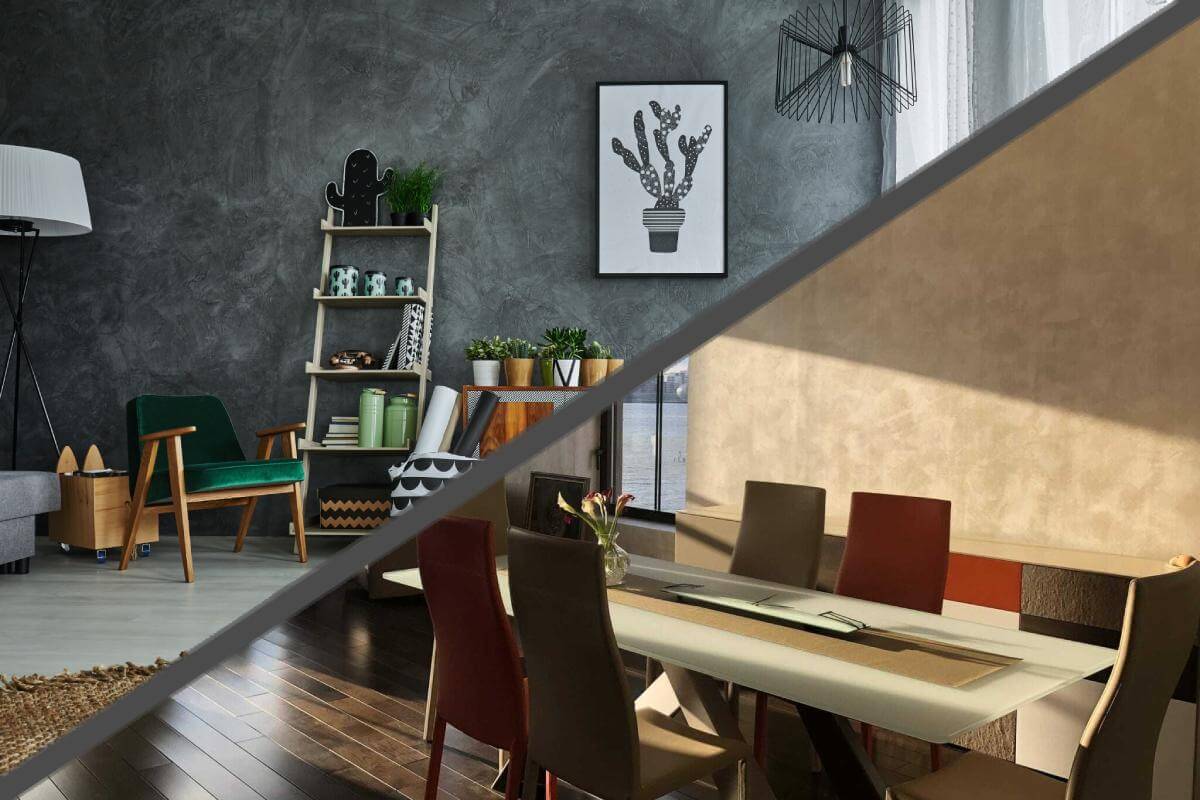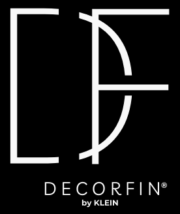Let’s take a look at the difference between stucco walls & venetian plaster. Exploring the world of interior design, we aim to shed light on the unique features, applications, and considerations of these popular choices. Both stucco walls and Venetian plaster boast rich histories, gracing the walls of various architectural wonders throughout the ages. By understanding their distinct characteristics and how they perform in different environments, you can make an informed decision when selecting the ideal wall finish for your space.
The History of Stucco And Venetian Plaster
History of Stucco Walls
Stucco, a versatile and durable wall finishing material, has a long and storied history. It dates back to ancient civilizations, where it was used to enhance the appearance of structures such as the pyramids in Egypt and the grand architecture of ancient Greece and Rome. Over the centuries, stucco evolved and became prominent during the Renaissance and Baroque periods, adorning the facades of palaces and cathedrals across Europe. Its application in Spanish-style villas and adobe houses further solidified its popularity in different regions.
History of Venetian Plaster
Venetian plaster, also known as polished plaster, has its roots in Italy, particularly Venice. It gained prominence during the Renaissance when artisans used lime-based materials to create stunning decorative finishes. The traditional application techniques, including layering and burnishing, resulted in a luxurious, marble-like appearance that adorned palaces and prestigious buildings. This ancient artistry was rediscovered and embraced by modern interior designers, leading to Venetian plaster’s revival as a high-end wall finish.

Application Of Stucco Walls vs Venetian Plaster
Typical Applications of Stucco Walls
Stucco walls find widespread application in various architectural styles and regions. Their textured and granular appearance complements the aesthetics of traditional homes, particularly in Mediterranean and Spanish-inspired designs. The versatility of stucco extends to commercial properties, where it enhances the exteriors of businesses, giving them an inviting and rustic charm.
Typical Applications of Venetian Plaster
Venetian plaster, with its smooth and luxurious marble-like finish, is often associated with upscale residential properties and high-end establishments. Its versatility allows designers to achieve different effects, from contemporary elegance to classic opulence. It is commonly used for accent walls, feature ceilings, and to create stunning focal points that elevate the overall interior design.

Which Is More Suitable?
Suitability Of Stucco Walls in Different Climates
The performance of stucco walls can vary based on the climate. In arid and dry regions, stucco’s breathability and thermal mass contribute to its effectiveness in regulating indoor temperatures. However, in areas with significant temperature fluctuations, stucco may develop cracks over time, necessitating periodic repairs.
Suitability of Venetian Plaster in Different Climates
Venetian plaster, on the other hand, exhibits adaptability in different climates. Its composition and application process allow it to withstand temperature fluctuations more effectively, reducing the risk of cracking. Moreover, its breathability helps prevent moisture-related issues, making it a suitable choice for various environments.
Comparing Stucco Walls and Venetian Plaster
| Aspect | Venetian Plaster | Stucco Wall |
|---|---|---|
| 1. Appearance | Smooth, luxurious, marble-like finish with depth and texture. | Textured, granular appearance with a coarse feel. |
| 2. Versatility | Highly versatile, can create a range of decorative effects and finishes. | Limited decorative options, typically suited for a more rustic or traditional look. |
| 3. Durability | Extremely durable and resistant to chipping and cracking. | Less durable, may develop cracks over time, especially in regions with temperature fluctuations. |
| 4. Maintenance | Requires minimal maintenance, easily cleaned with a damp cloth. | Regular maintenance is necessary, may need periodic repairs to fix cracks and damages. |
| 5. Application | Applied in thin layers, allowing for easier repair and modification. | Applied in thicker layers, making repairs more challenging. |
| 6. Environmentally Friendly | Often made from natural materials like marble dust and lime, making it eco-friendly. | Traditional stucco may contain cement, which has a higher carbon footprint. |
| 7. Breathability | Allows the wall to breathe, reducing the risk of mold and mildew growth. | Less breathable, potentially leading to moisture-related issues in some environments. |
| 8. Aesthetics | Provides a luxurious and high-end look, suitable for both modern and classic interiors. | Ideal for rustic or Mediterranean-style aesthetics but may not suit contemporary interiors as well. |
| 9. Texture Options | Offers a wide variety of textures and sheens, providing a customized look. | Limited texture options, usually rough or smooth finishes. |
| 10. Cost | Typically more expensive than stucco due to its premium appearance and application process. | Generally more cost-effective compared to Venetian plaster. |
| 11. Time of Application | Requires more time and skill to apply, as it involves multiple layers and specialized techniques. | Quicker to apply, but achieving specific decorative effects may take additional time and effort. |
Conclusion
Both stucco walls and Venetian plaster offer unique benefits and aesthetics to enhance the interiors and exteriors of buildings. Stucco’s historical appeal and traditional charm make it a favorite in specific architectural styles, while Venetian plaster’s luxurious finish elevates modern and classic designs alike. When considering the climate, Venetian plaster’s adaptability in diverse weather conditions makes it a compelling option. Ultimately, the choice between stucco walls and Venetian plaster depends on your personal preferences, design vision, and the environmental factors in your region. Remember to consult professionals like Decorfin NYC to make an informed decision that brings out the best in your living spaces.



